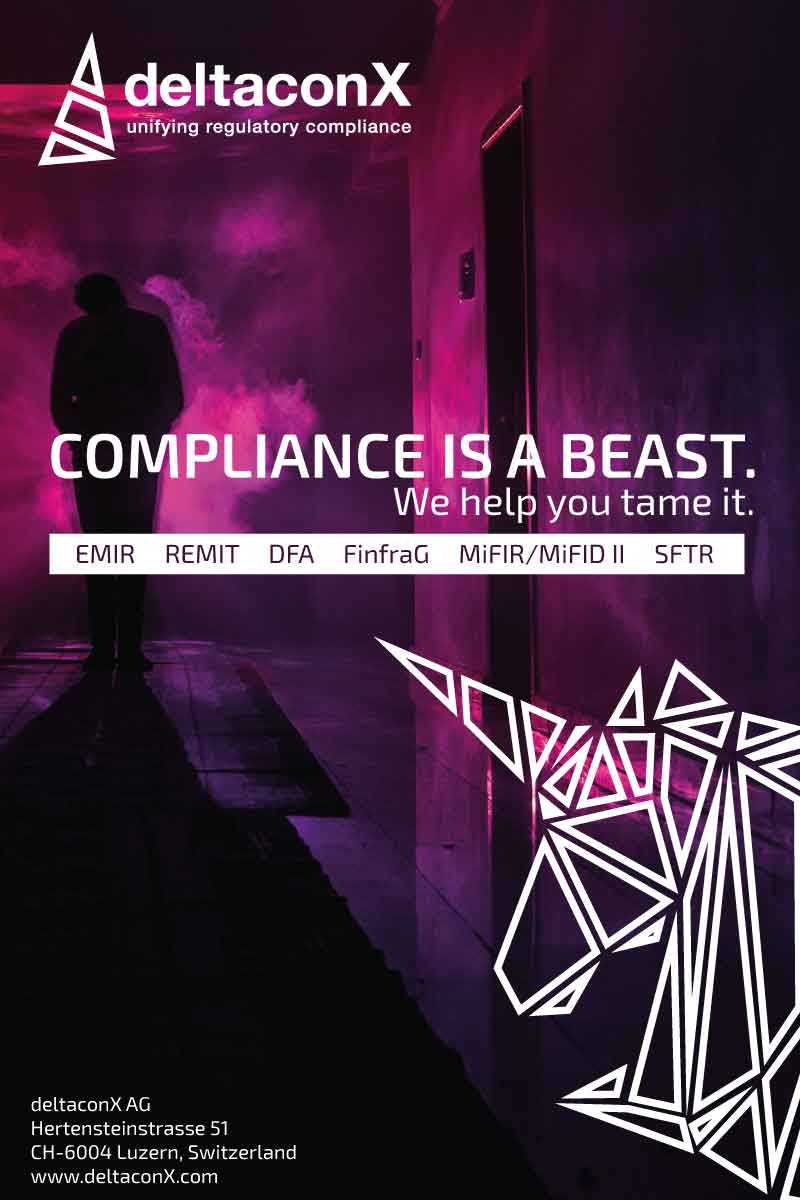The European Securities and Markets Authority (ESMA) has written to the EU policy making bodies to share the findings of the first year of its distributed ledger technology (DLT) pilot.
This letter, sent to the European Commission, Parliament and Council, updates policy makers on the status of applications received by national regulators and provides a summary of the principal opportunities and challenges identified by the project in its first year.
ESMA indicates that it has followed this format, rather than issuing a report as mandated under the DLT Pilot Regime, because no DLT market infrastructures have yet been authorised under the Regime. Consequently, in ESMA’s view, it would be premature to commission and publish such a report.
The first report was expected under the terms of the DLT Pilot Regime by 24 March 2024.
In sharing its findings, the EU financial market regulator indicates that four official applications have so far been submitted in accordance with the regime and these are currently under consideration by the relevant national competent authorities.
ESMA indicates that a further eight potential applications may be submitted during 2024.
The Authority concludes that the current “novelty” of this DLT pilot regime may explain why there has been “relatively slow’ uptake so far.
In an annex to the letter, it identifies a number of challenges that require further clarification by the European Commission.
In the absence of central bank digital currencies, ESMA indicates that a significant challenge, but also an opportunity provided by the DLT Pilot Regime, is to employ innovative solutions for cash settlement that do not involve traditional cash.
It notes that under the scope of the DLT Pilot Regime and the Markets in Crypto Assets (MiCA) regulation, there is a need to clarify regulatory expectations relating to custody provision in the context of DLT market infrastructures and to provide further details on the roles and responsibilities of the entities involved.
ESMA has asked the Commission to look more closely at the possibilities for interoperability between DLT-based and traditional market infrastructures, and the regulatory implications this holds.
Given that no DLT market infrastructures have yet been authorised under the regime, it notes that it is difficult for market participants to fulfil their obligations under Article 3(2) of the Central Securities Depositories Regulation (CSDR) to ensure that transferable securities traded on a trading venue are recorded in book-entry form at a CSD.
More broadly, the Authority asks the Commission to provide clarification relating to competitiveness of the DLT Pilot Regime relative to third-country regimes outside of the EU. It suggests that the Commission should confirm as soon as possible that the pilot regime will be extended beyond its current three years, which run until 2026.
This extension would “send a signal to market participants that they have sufficient time to implement and operate their projects, making the required investments worthwhile for them,” ESMA suggests.
It also requests attention to investor protection issues and to the treatment of pre-emptive subscription rights attached to shares admitted for trading, or where the record of ownership is maintained, on a DLT market infrastructure.
The letter is signed by ESMA chair Verena Ross and was addressed to Mairead McGuinness, Commissioner for Financial Services, Financial Stability and Capital Markets Union at the European Commission, along with European Parliament chair on Economic and Monetary Affairs Irene Tinagli and ECOFIN’s president Vincent van Peteghem.



